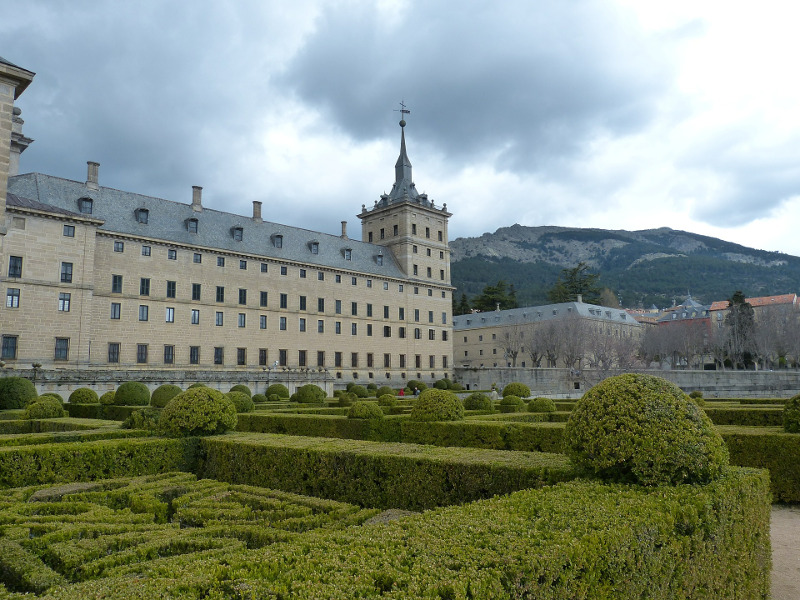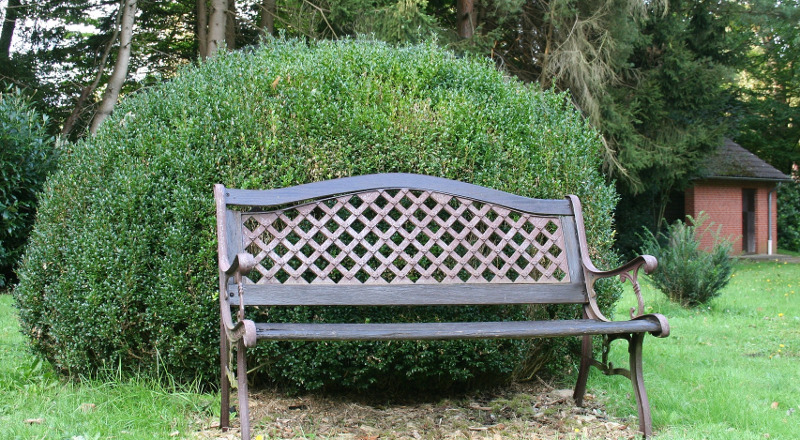Boxwoods (Buxus) are popular shrubs partly because they are so versatile in shape, size, leaf qualities and the list goes on. Boxwood varieties are perfect shrubs for forming hedges or showing off your pruning skills or even topiary skills on a single plant. Because they are evergreen, boxwoods make your garden look alive even when other plants are dormant for winter.
Choosing the best boxwood for your landscape might seem daunting, but keep in mind your weather, the plant's exposure (full shade or sun, for example), and the shape or height you want for the plant's intended use and you are likely to find the perfect boxwood.
European Boxwood Vs Japanese Boxwood
English Boxwood
English boxwood and American boxwood are the two classic types that grow into manageable but showy hedges. Also called tree boxwood, the classic hedge plant represents the model boxwood. It is hardy down to zone 6 and a slow grower to a mature height of four feet.
American Boxwoods (B. sempervirens) , often called Common Boxwood, is a perfect all-around group of plants that continue growing for up to 100 years. Some varieties can get quite large if not cared for, but most are tall and can easily be shaped into rounded or upright form:
-
North Star (B. sempervirens 'Katerberg') is small (about 2.5 feet diameter) and evergreen in zones 5 through 9.
-
Jensen is another American boxwood but has a rounded shape that resembles some English boxwood varieties. Shape Jensen into a low hedge or foundation plant.
-
Elegantissima has creamy white edges around its green foliage and does best with afternoon shade in zones 6 through 8.

Japanese Boxwoods
Bright green, oval leaves adorn one of the most popular types of boxwood (B. microphylla var. japonica), another great choice for formal hedges. Most Japanese boxwoods are hardy in partial sun in zones 6 through 9. Japanese boxwood has a good growth rate.
-
Wintergreen boxwood can take partial to full sun and grows in zones 4 through 9 and grows more quickly than many classic English boxwoods. Its leaves can turn a light bronze in winter sun.
-
Morris Midget is a slow grower that thrives in zones 6 through 8.
-
Green Beauty, also hardy in zones 6 through 8, has a slightly faster growth rate.

Dwarf Boxwood Varieties
Although many overlap with common hedge types, many dwarf boxwoods can serve as natural looking groundcover with light pruning. These flexible little plants make excellent low borders around garden beds or paths or can be shaped into round balls or hedges. Dwarf varieties also make stunning container centerpieces, and are easy to shape.
-
North Star Boxwood grows to only 2 or 2.5 feet tall and wide in sun or shade in zones 5 through 9.
-
Baby Gem Boxwood grows to only 3 feet tall and 3 feet wide, a perfect size for an accent or border in a small garden.
-
Wedding Ring Boxwood, a Korean variety with glossy foliage that has lime-colored edges. It grows to only 1 to 3 feet tall and wide, and is hardy in zones 5 through 8. Wedding Ring boxwood also is salt tolerant, so you can plant it near sidewalks or driveways.
-
Green Pillow is a dense and compact variety that grows to just over a foot in height and 3 feet across in zones 5 through 8.

Tall or Large Boxwood Varieties
Some boxwoods grow naturally upright, making them perfect for a columnar effect or taller privacy hedge.
-
Dee Runk (B. sempervirens 'Dee Runk') is an upright and fast grower in sun, shade or part sun (zones 6 through 8). Its natural growth habit forms a nice cone shape for an accent against a home or fence.
-
Fastigiata is similar to Dee Runk, and has blue-green foliage and upright growth, reaching up to 6 feet tall and 2 feet wide. It is hardy in zone 6 through 8 only.

Hybrid Boxwood Varieties
Breeders have created some boxwood hybrids that can take more cold than the classic varieties. If you live in USDA zones 4 to 5, you should have success with one of these special varieties. Sheridan Nurseries in Canada developed Green Gem and Green Mountain for colder climates. All of these varieties grow to average size, about 4 feet tall and 3 feet wide.
-
Green Gem's foliage turns bronze in winter.
-
Green Mountain stays green all year long and grows upright, making it a nice cold-hardy topiary or accent shrub.
-
Glencoe comes from the Chicago Botanic Garden. It has uniform growth and can take any sun exposure.
Check the growing zone on the boxwoods you buy to be sure they are cold hardy or can take the heat in the location you have in mind. Most of all, happy choosing, shopping and planting!
 |
Author Teresa Odle - Published 8-28-2019 |
